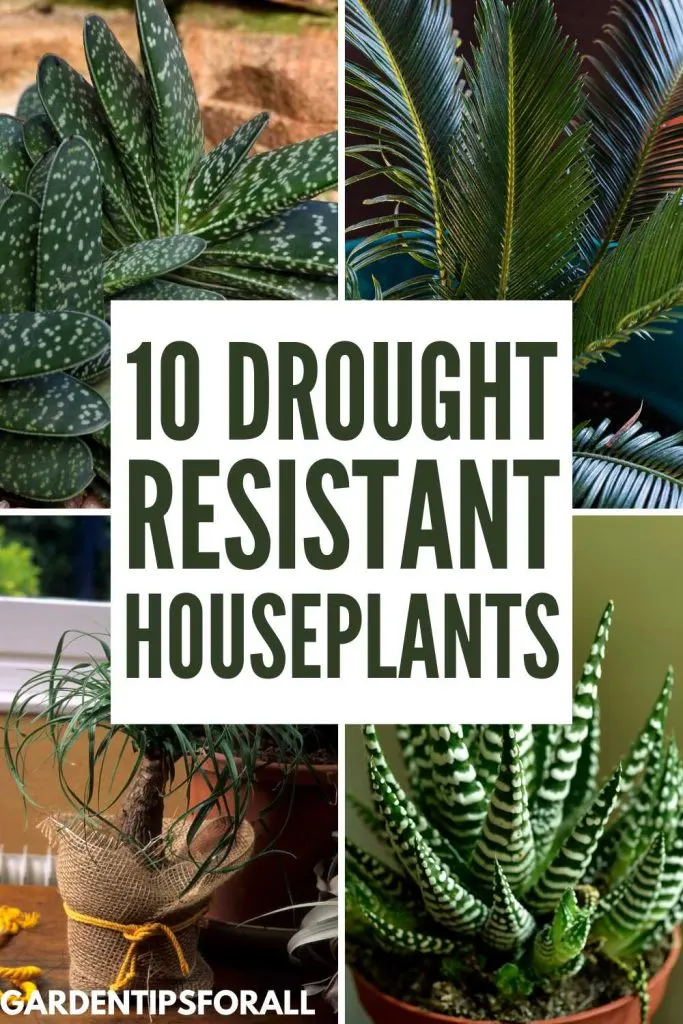Drought Resistant Houseplants that Liven Your Space
If you are looking for drought tolerant houseplants you can easily maintain, then you will love our selection here.
We all love indoor plants because they can spice up any space. The only challenge of growing house plants is that most of them are demanding and tough to maintain, especially if you are busy. Growing drought resistant houseplants can take care of this challenge.
They are easy to maintain because these are plants that require little water, so you do not need to water them daily. Here are beautiful drought resistant houseplants that will liven your space without watering them daily.

Related Article:
10 Awesome Drought Tolerant House Plants You Can Easily Grow
#1. Aloe Vera (Aloe Barbadensis Miller)
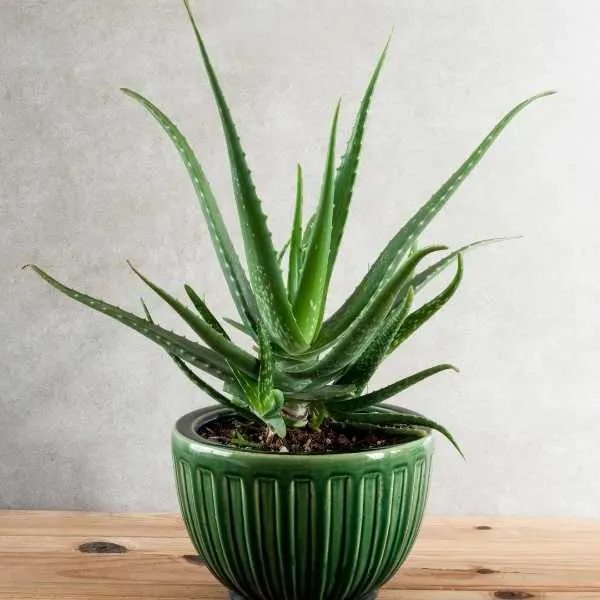
Aloe vera is a herbaceous perennial of the Liliaceae family. The evergreen succulent plant has a rosette of fleshy, lance-shaped, bumpy-edged leaves.
It is one of the most popular and commonly grown plants due to its beauty, medicinal value, and ability to survive even in the toughest climatic conditions.
Aloe Vera thrives under direct sunlight but it can still be grown indoors as a houseplant. Aloe Vera requires low maintenance but water once you feel the soil is dry. It is one of the plants that can survive in a bathroom with no windows.
The sap from this succulent plant aids in treating sunburns, cuts, burns, and irritations caused by skin infections.
#2. Pothos
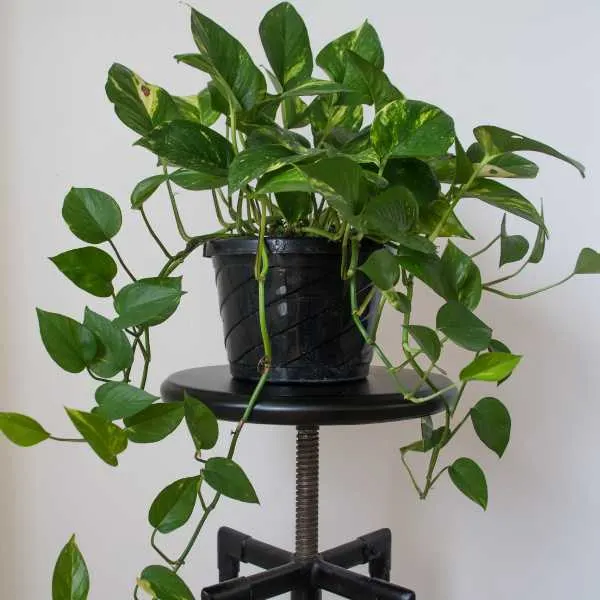
Pothos are drought-tolerant houseplants best for beginner gardeners since they are undemanding and easy to care for.
They grow well on dry soil or in wet areas. Pothos are propagated by getting cuts from mother plants and having them rooted in water or dry soil as houseplants.
Surprisingly, cuts grown in one medium have a tough time adapting to the other. Pothos plants started in water will have a hard time flourishing in soil.
They do well in both fertilized and deprived soil. Pothos are attractive plants that liven your bathrooms or offices because they tolerate dim light. However, if you have a highly variegated Pothos plant, minimize the exposure to white light to avoid losing the variegation.
#3. ZZ Plant (Zamioculcas Zamiifolia)
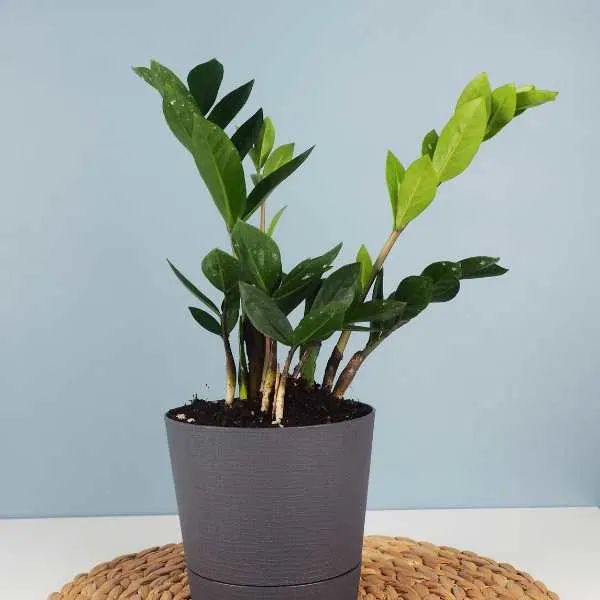
The ZZ plant has tough leaves that look like plastic because they are so stiff and glossy. This drought-resistant houseplant thrives in well-lit places but can also grow well in extremely dim light.
It is a low-maintenance plant that should be watered occasionally. Its rhizomatous roots allow water storage that helps it survive during drought. The ZZ plant easily adapts to harsh growing conditions.
This plant is toxic when ingested by human beings and animals.
#4. Snake Plant (Sansevieria Trifasciata)
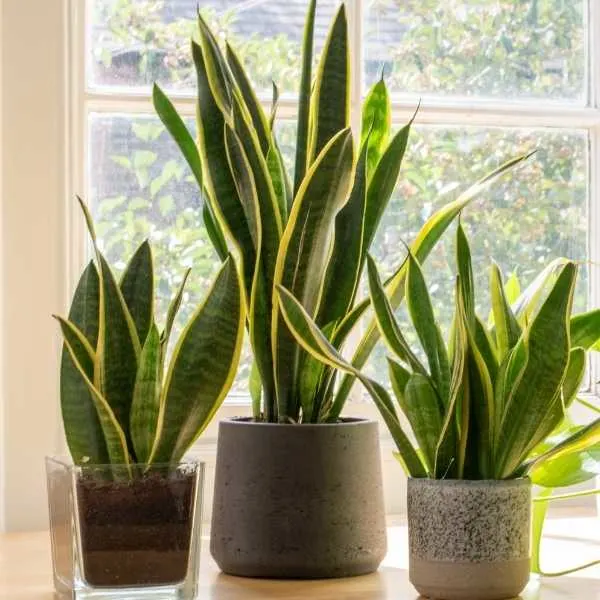
The snake plant (commonly known as Mother-in-law’s tongue) is a glamorous plant used for home decor. It has dark green leaves variegated with white, cream, silver, or yellow shades.
It is a low-maintenance plant that appreciates low light and can be grown in shaded gardens. Snake plant is also one of the best plants for windowsill.
#5. Ox Tongue (Gasteria Bicolor)
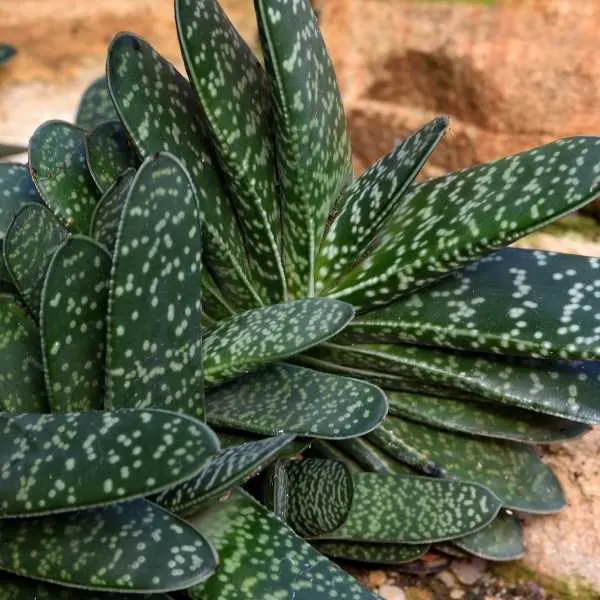
The gray-green fuzzy leaves of the ox tongue make a good spectacle when grown as companion plants indoors or outdoors. This drought-tolerant houseplant yields spikes of pink-reddish flowers during springtime when exposed to sunlight.
The ox tongue plant tolerates negligence as it can go for weeks without watering. It is distinguished by its short stems and leaves that are arranged in a distichous pattern when emerging (some persist to maturity).
#6. Haworthia (Haworthiopsis Attenuata)
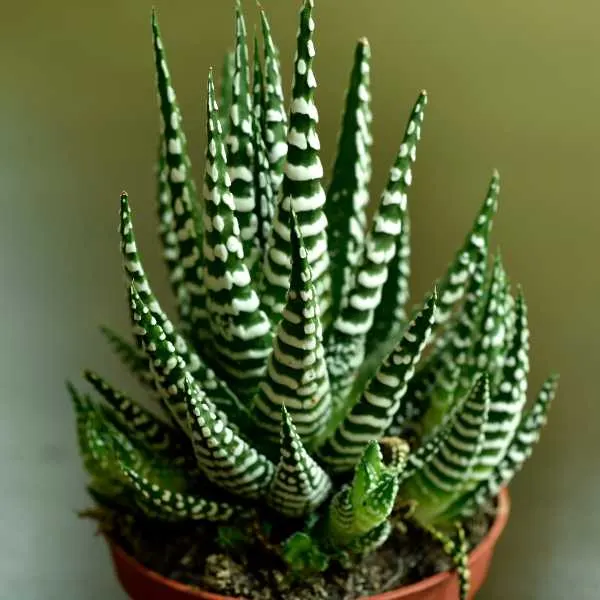
This plant is commonly known as the Zebra haworthia plant due to its white streaked foliage that gives it a distinctive appearance. It is an evergreen, succulent plant native to South Africa.
The Zebra haworthia plant is mistaken for the Haworthiopsis fasciata plant. It can be distinguished from the other plant by its white tubercles on the lower and upper sides of the leaves.
It does well in bright light and prefers being watered once in a while when the soil dries up.
#7. Ponytail Palm (Beaucarnea Recurvata)
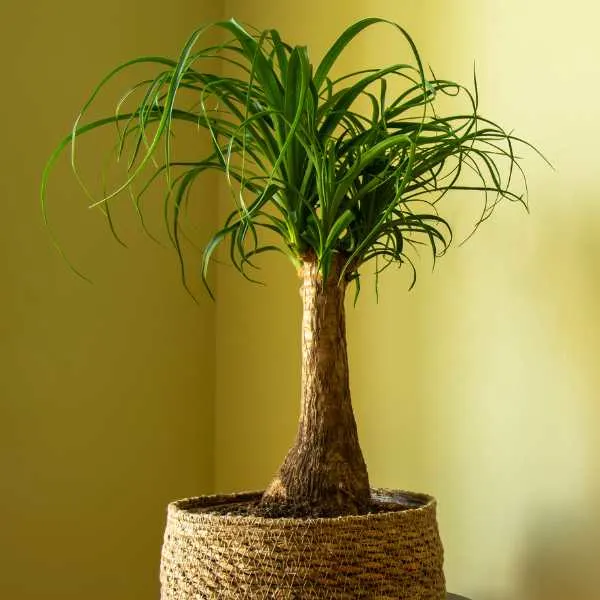
The Ponytail palm plant is a succulent also known as elephant’s foot. It has a bulbous stem that stores water for a long time making the ponytail palm a drought-resistant plant. It grows faster when exposed to full sunlight but slowly in dim light.
It needs watering once every two weeks during summer and can stay even longer in winter.
To keep the plant from growing too large as a houseplant keep it in small vases. The Ponytail palm has become a trending indoor plant due to its stunning view brought by its cylindrical stem and long green curly leaves.
#8. Bishop’s Cap Cactus (Astrophtum Myriostigma)
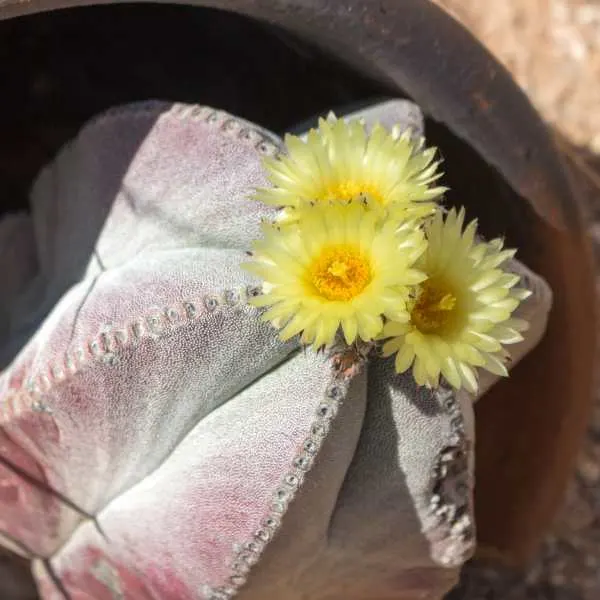
Bishop’s cap cactus is also a drought-tolerant houseplant that requires minimal care and needs watering only when the soil is dry.
It is a beautiful plant with an adorable star shape and a blue-green hue.
Bishop’s cap cactus yields daisy-like flowers with yellow, red, and orange center colors. The flowers bloom in succession and last for just a few days. The Bishop’s cap cactus is a very fragrant flower.
#9. Panda Plant (Kalanchoe Tomentosa)
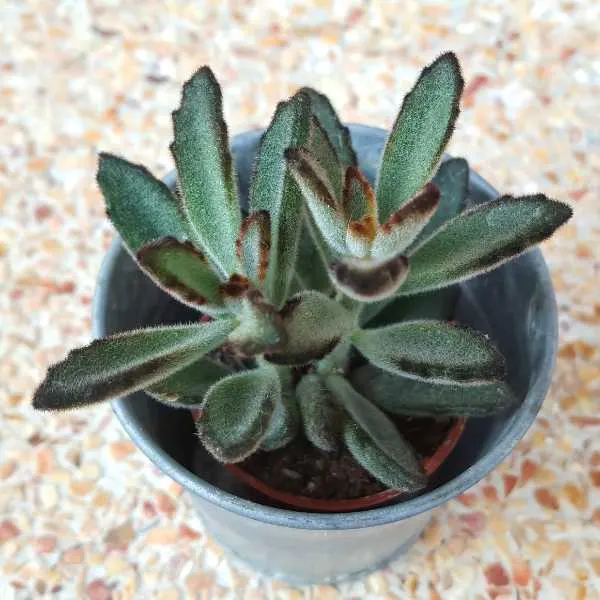
Another name for the Panda plant is Chocolate soldier plant.
Besides being pleasant to look at, the Chocolate soldier plant is also fun to touch because it has a hairy and velvety feel.
It should only watered once the soil dries up.
It is an easy succulent to maintain and care for. Like many other succulents, panda plants grow thick leaves that store water and help the plant survive tough drought conditions.
These leaves have a grayish-green tone with brown spots on the tips and are mostly oval-shaped.
#10. Sago Palm (Cycas Revoluta)
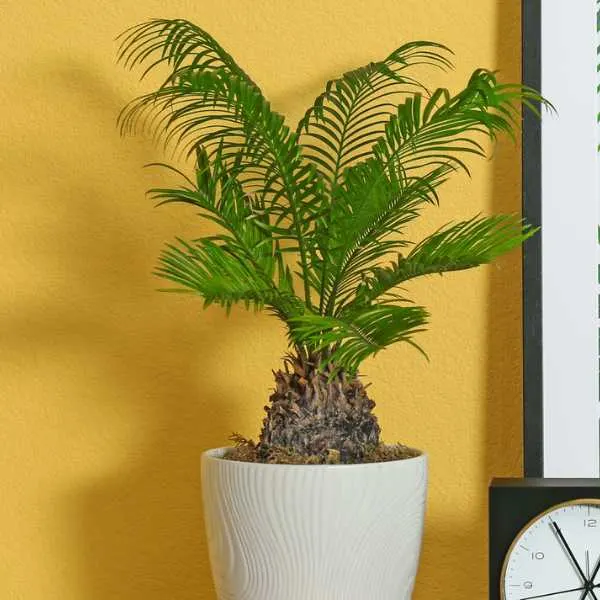
Other names for the Sago plant include King sago, sago cycad and Japanese sago palm.
The Sago palm plant is one of the best options for gardeners who want the touch of the tropics in their gardens. It is often mistaken for a palm tree because they share some physical characteristics – they look alike and produce seeds. Sago palm trees are identifiable by the dense layer of fibers on their trunk.
Just like other drought-tolerant houseplants, water sago palm once the soil is dry. Overwatering and dampness can cause the roots to rot and kill the plant.
During dry seasons, Sago palms should be watered deeply every two weeks when the soil seems and feels completely dry. It should be grown in semi-shaded areas.
Final Thoughts on Drought Tolerant Houseplants
Drought resistant houseplants are wonderful plants to grow because they are easy to maintain. When you get the right selection of these drought-tolerant houseplants, you will liven your space easily without constantly wondering about their well-being.
They are the best option for busy people who do not have the time to water them regularly. So go ahead and find out which drought resistant houseplants thrive in your zone and enjoy the beauty and harmony they will bring into your home.
